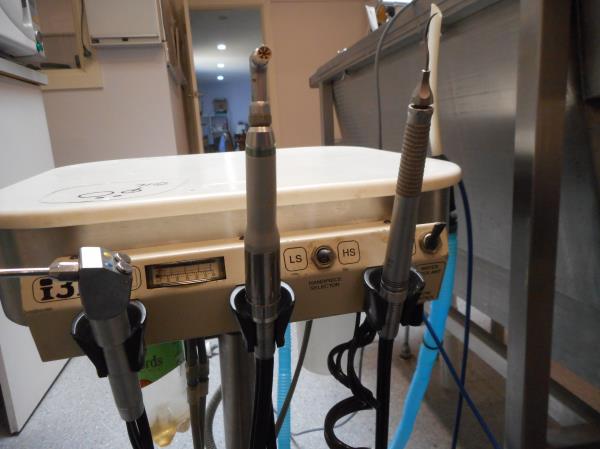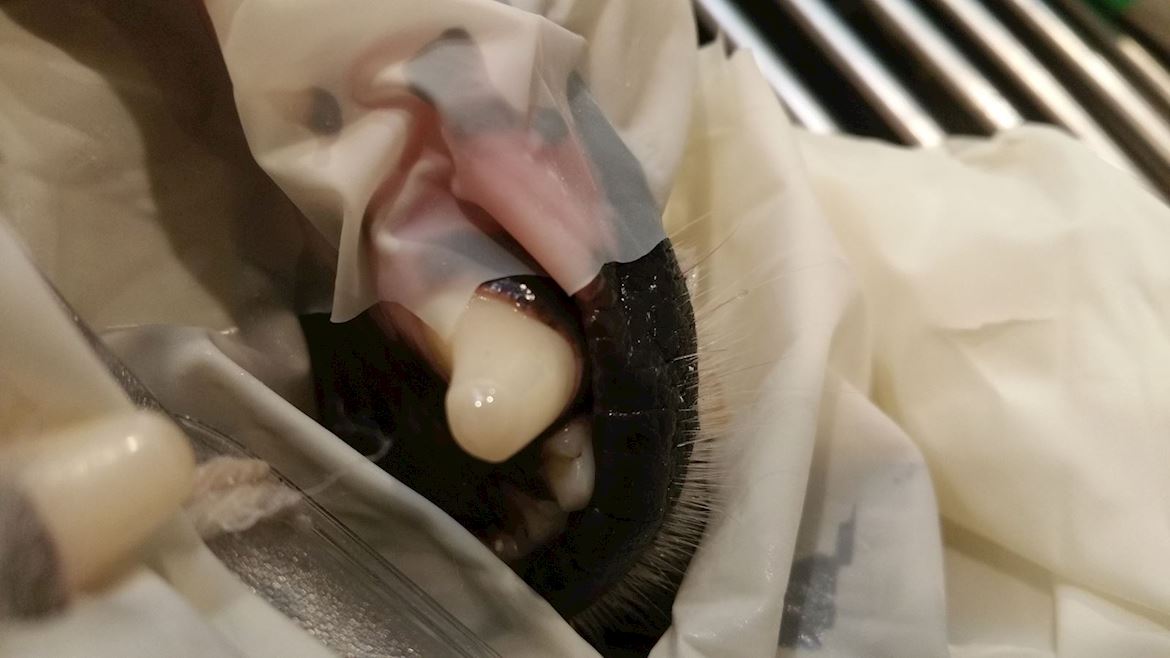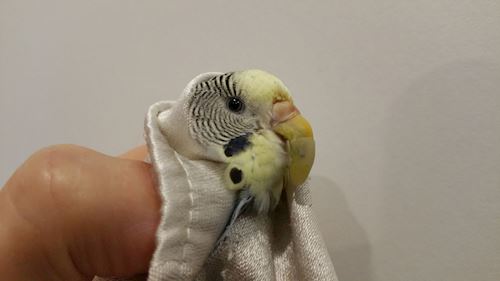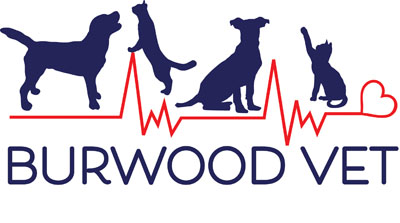Being A Vet Dentist
A Vet Dentist is skilled in pet dental procedures, and will enhance the pet dental care that they provide. To become a proficient animal vet dentist takes a lot of time and effort, way above the basic training offered in vet school. A vet dentist needs a lot of mentoring by experienced dentists and post graduate veterinary dental training is also needed to become a competent small animal dentist doing dog dentistry and treating cat dental issues.


Our pet dogs and cats are carnivores and have very large teeth with “massive” roots relative to their size. So taking out a tooth is usually not “pulling teeth” but a surgical dental extraction. Many teeth have multiple roots, and or very long roots that serve to stabilize the teeth in the jaw bones. Google the carnasial tooth – the largest tooth on the oral cavity!
Background to Our involvement in Veterinary dentistry
In South Africa in the early 1990’s there was no pet dental referral service. Once professor Frank J.M. Verstraete, the only vet dentist, left the faculty of Vet science, the dental facility closed down. A complete dental service for pets was then started by Animal dentist Dr Johan Joubert working with Dr Philip Sacks in an Veterinary clinic in Johannesburg South Africa. It was a massive financial outlay – getting the dental equipment set up. The vet dental service was well accepted and we were fairly full most dental are double “days”.
Extracting canine tooth in a dog or cat.
They are large teeth with roots that double as long as the tooth we can see. It is not straight forward.! It usually involves gently making a large gum flap – using special dental drill to remove the periosteal bone around the very long root. Then Various size veterinary dental elevators are used to break tooth root attachment. Once the canine tooth is extracted, and the large hole that is left behind is cleaned. the gums are stitched closed using fine absorbable suture material. The gums need to be handled very gently and the pet dentist usually uses magnification like human dentists do for a neat closure of the gums. Common complications that we see from canine extractions , as a referral, are oronasal fistulas – a hole from the nose to the mouth

